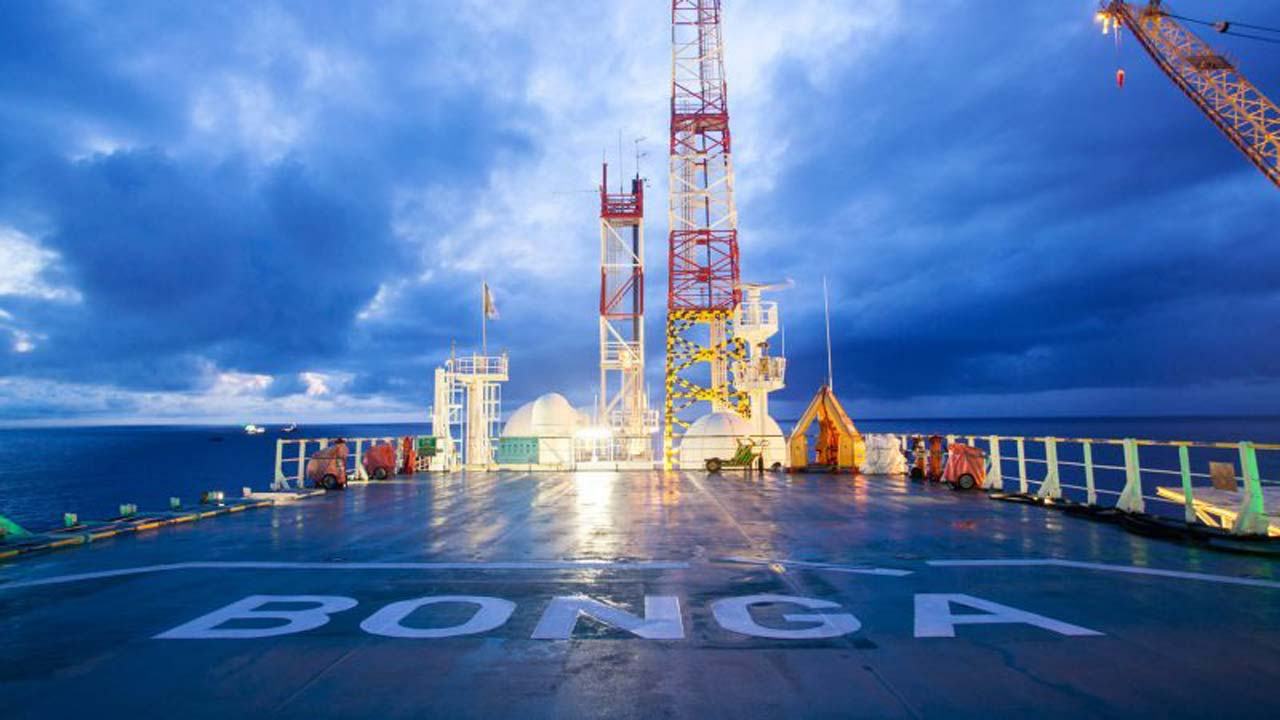Read more
TechnipFMC foresees between $4.5bn and $7bn of subsea opportunities in Angola, Nigeria, and Côte d’Ivoire over the coming 24 months, according to its latest earnings presentation. Angola Angola will continue to dominate the market in terms of projects’ scope and value, as it has for the past couple of years. The implementation of an enabling environment and the granting of fiscal incentives by the Government there has translated into several new projects being approved by International Oil Companies (IOCs). Last July for instance, TotalEnergies took a final investment decision on the Begonia subsea tie-back, a 5-well development tied back to its Pazflor FPSO on Block 17. While several subsea tie-back projects have already been executed, more are in the making like the tie back of the Alho, Cominhos and Cominhos East (ACCE) fields to TotalEnergies’ Kaombo Norte FPSO on Block 32. TechnipFMC expects the subsea scope there to be worth up to $1bn. Meanwhile, new production hubs are also moving forward and will rely on the deployment of additional FPSO units. This is the case at Agogo on Azule Energy’s Block 15/06 where TechnipFMC expects the subsea scope to be worth over $1bn. On the same block, the development of additional reserves at the Cuica discovery could also support additional activity. The field was already tied-back to the Armada Olombendo FPSO in mid-2021 via an early production system (EPS) but its further development could represent up to $500m of subsea work, according to TechnipFMC. Finally, TechnipFMC expects the development of TotalEnergies’ Cameia field on Block 21 to be worth up to $500m in subsea opportunities. The development of the field benefits from fiscal incentives and will rely on a new FPSO unit. Bumi Armada is believed to have been shortlisted to provide the FPSO, with FID expected in 2024. Nigeria Despite ongoing turmoil, the Nigerian oil & gas sector is expected to rebound from 2023, after its presidential elections. TotalEnergies and Shell are both expected to approve brownfield projects there after years of hesitation. On OML 130, TotalEnergies has already restarted engineering work on its Preowei subsea tie-back project, a 70,000 bpd development that will rely on the Egina FPSO. TechnipFMC sees the subsea scope to be worth up to $1bn. Overall, OML 130 is expected to see renewed activity after the renewal of its PSC last August, with operator TotalEnergies planning a 9-well drilling campaign there that will start in a few months. Finally, Shell is expected to progress a few of its own deep-water projects on OML 118, where the production sharing contract (PSC) was renewed in May 2021. The major continues to consider three major projects on the block, including brownfield projects like Bonga North Tranche 1 (120,000 boepd at peak) and Bonga Main Life Extension & Upgrade (60,000 boepd at peak). It also has the option of developing Bonga Southwest, which would rely on a new FPSO and a unitization with the Aparo field, for a peak production of 150,000 boepd. TechnipFMC expects the subsea scope at Bonga North to be worth between $500m to $1bn, with pre-qualification documents issued by Shell in May this year. Bonga South West would be more significant as it would rely on a new FPSO, with subsea activity worth over $1bn. Côte d’Ivoire Finally, the phased development of Eni’s Baleine deep-water discovery in Côte d’Ivoire will support subsea activity in West Africa for the next couple of years. TechnipFMC notably expects the subsea scope of work to be worth up to $1bn. Phase 1, whose final investment decision (FID) was taken inearly 2022, is expected to be commissioned in 2023 with three wells producing an average of 12,000 barrels of oil per day (bopd) and 17.5 MMscfd of gas. It is expected to rely on the Firenze FPSO as a production hub: the vessel has been in Port Rashid (Dubai) since 2018 and is currently being refurbished before its redeployment offshore Côte d’Ivoire. In September 2022, Saipem already landed €1bn in contracts for the project’s initial phase, covering Engineering, Procurement, Construction and Installation (EPCI) activities of Subsea Umbilicals, Risers and Flowlines (SURF) and of an onshore gas pipeline, and the Engineering, Procurement, Construction and Commissioning activities on the refurbishment of the Firenze FPSO vessel. Details on future deep-water activity and projects in sub-Saharan Africa are available on the Hawilti+ research terminal – plus.hawilti.com.
Nigeria LNG, Africa’s biggest LNG exporter, has clarified that its terminal on Bonny Island in the Niger Delta is still operating despite a force majeure issued by the company earlier this week. “The company’s plant is in operation though at limited capacity due to reduced gas supply from some of its upstream suppliers,” Nigeria LNG has declared today. The declaration of force majeure by NLNG had raised several concerns on gas supplies in and out of Nigeria. The company is Africa’s largest LNG exporter and the gas it exports represents on average 10% of Nigeria’s export revenues. It is also the biggest domestic supplier of cooking gas, a commodity that already suffers from soaring inflation. The company had earlier revealed that all its upstream gas suppliers had declared force majeure following their inability to produce gas due to ravaging floods that have already displaced millions in the Niger Delta. The shut-in of gas production has caused significant disruption of gas supply to Nigeria LNG, forcing the LNG exporter to operated at limited capacity. Nigeria LNG operates six LNG trains on Bonny Island with a capacity of 22.5 million tonnes per annum (mtpa). Most of Nigeria’s LNG is exported to Europe and Asia, with key European markets such as France, Spain, and Portugal amongst its largest buyers.



